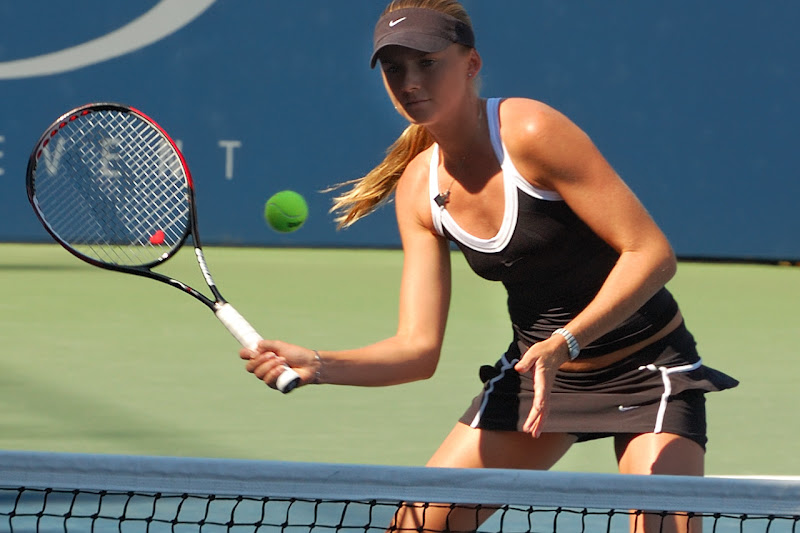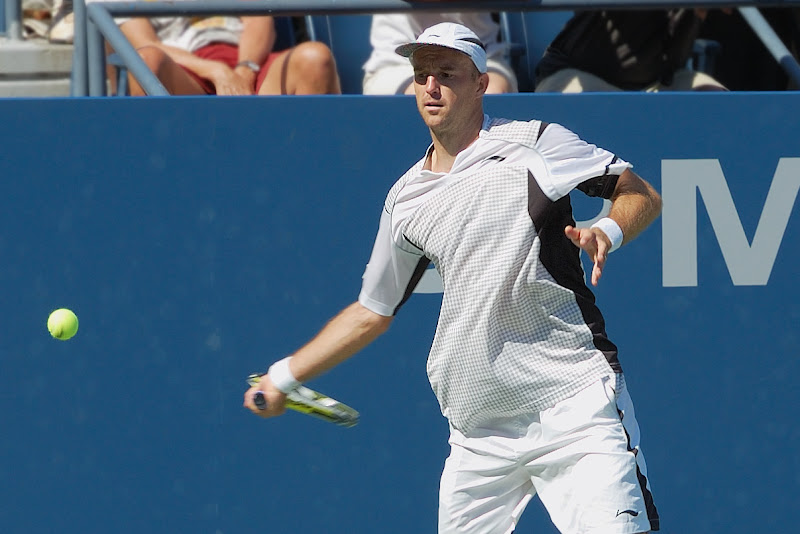Miscellaneous flash photography tips:
1. The biggest technical difference between a pro and an amateur is lighting control. Right off the bat, most amateurs are at a huge disadvantage because they don't have the right equipment (most just use the pop-up flash on their cameras or have a single external flash) and/or they don't know how to use it properly.
2. The problem with most rookie flash pictures is poor coverage / diffusion, leading to excessive contrast and poor lighting balance across the 3 dimensions (top to bottom, side to side, and especially, front to back).
3. This is usually because they are relying exclusively on a single point source of light from the poor excuse of a flash known as the pop-up flash built-in to most cameras. One cannot possibly hope to achieve reasonable flash coverage and diffusion with a single point source that is located 6-10 feet away from the subject and nothing else to the sides, top, bottom, and behind.
4. The simplest and cheapest method of compensating for this is to set the camera to shutter-priority and use the following principle: the slower your shutter speed, the more the ambient light contributes to the overall exposure and the less your flash contributes. You don't even need to bounce your flash or use multiple flashes for this. Just your pop-up flash or even an external flash mounted on-camera.
If there is enough light, the goal is to use your flash purely as fill. To do that, you need to do two things:
(a) set the exposure such that you're about 1 EV underexposed without using flash (keep an eye on your exposure meter and adjust the shutter speed until it's around -1 to -1.5 EV). You may find yourself down around 1/3 to 1/15 sec, depending how dim the room is. Adjust the ISO higher to get the shutter speed high enough to avoid blur, depending on if you have IS/VR or not and the focal length you're using, etc. I find 1/15 to 1/30 at 400-800 ISO is a typical setting in most rooms.
(b) set your flash exposure compensation (FEC) to -1 to -1.7 EV. You will have to try out different settings to see what work, but generally, you will need a bit more negative compensation when you're close to your subject. Backing off a bit can do wonders to tame your flash.
Make your lighting diffused and balanced enough to avoid harsh contrast between light and dark. If you have a single external flash, you would usually bounce off the ceiling with a bounce/diffuser accessory. Using it directly isn't going to give you good results unless you use slow-sync to help you out.
5. Sometimes, you can't really rely on room lighting to balance out your lighting coverage for you. So what you have to do is use more than one light source. You can either get multiple flashes, or use a single one and simulate multiple sources by bouncing it off the ceiling and using a bounce-diffuser (e.g, Gary Fong Lightsphere or Sto-Fen OmniBounce).
If you're going the single external flash route, it needs to have a bounce head. Some of them don't. The SB-400 has a flippable reflector, the head itself is fixed in position. This is okay if you just want to use the flash directly, but you can't use a Lightsphere or an OmniBounce.
6. The ideal (but more expensive and complicated) route is to use multiple flashes with flash stands and umbrellas. Flash coverage is as good as you want to make it with multiple light sources and umbrellas to diffuse it. Nikon's wireless CLS makes it easy, but hardcore flashers like doing it with PC cords, optical slaves, or third-party wireless solutions and manual flash power settings.
7. Sometimes, if you're photographing a group on an angle (a typical situation is a table setting with a row of people on one side and a row of people on the other... like at the head table of a wedding or when you're at a restaurant), and it's obviously not convenient to use a multiple flash setup and the ceilings may be too high to bounce and cover such a wide area, the solution is to use a single external flash directly (with slow-sync, of course), but turn the head one stop in the direction you're shooting.
So if you're shooting one side of the table from the right hand side and your camera is pointing diagonally across the table to the left, angle your flash head bit to the left, as if it's pointing directly at the far corner of the table. With the way light intensity falls off rapidly with distance, this works well to compensate, avoiding the "hot spot" that overexposes subjects at the near end of the table and having the far end of the table dark.
8. Ideally, you want to match the colour of the flash(es) to the other lighting sources in the room and set the WB to match. So, if the room is lit by incandescents (as it usually is), use an orange gel (coloured overhead transparency) on your flash. If it's all fluorescent tubes, use a green gel. In a pinch, I just use what's available.
For example: I tear off part of the sticky strip from a post-it note (the mild yellow is often enough of a correction) or use a piece of scotch tape and draw a fat stripe across the middle area using a yellow/green highlighter in an office setting. Other "gel substitutes" I have used:
- plastic grocery bag that had orange lettering on it to match incandescent
- plastic grocery bag that had green lettering on it to match fluorescent
- yellow-orange legal sized envelope as a reflector


